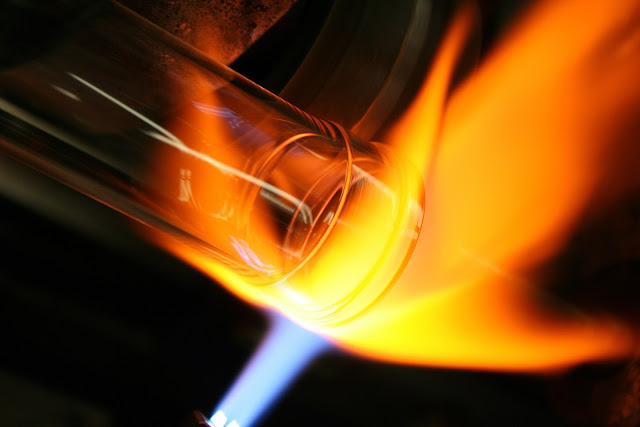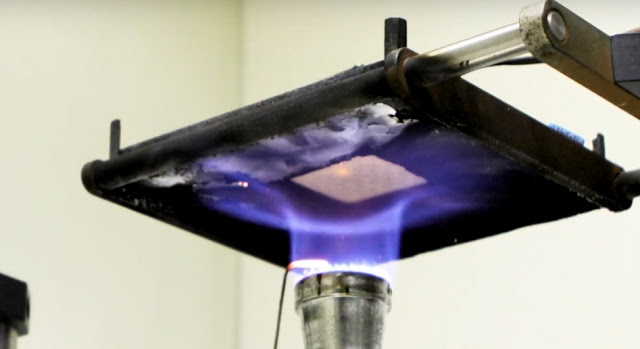How to Design a Bulletproof Vest

When creating a bulletproof vest, it's important to consider a number of variables, including the best bullet-resistant materials to use, the correct level of protection, and how well-fitted and comfortable the vest will be for the wearer. The steps that are normally taken when constructing a bulletproof vest are as follows:
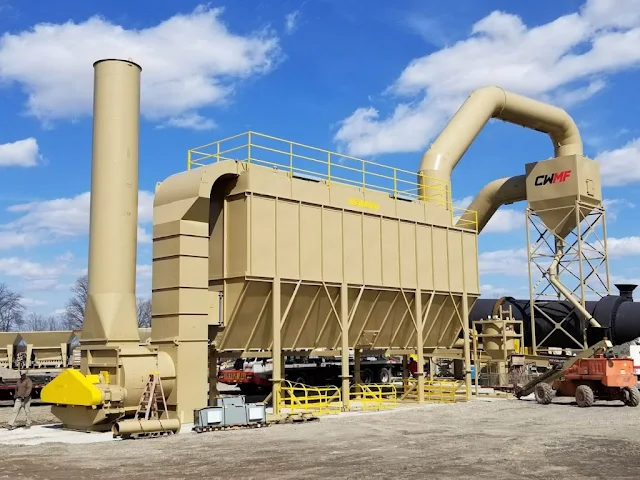
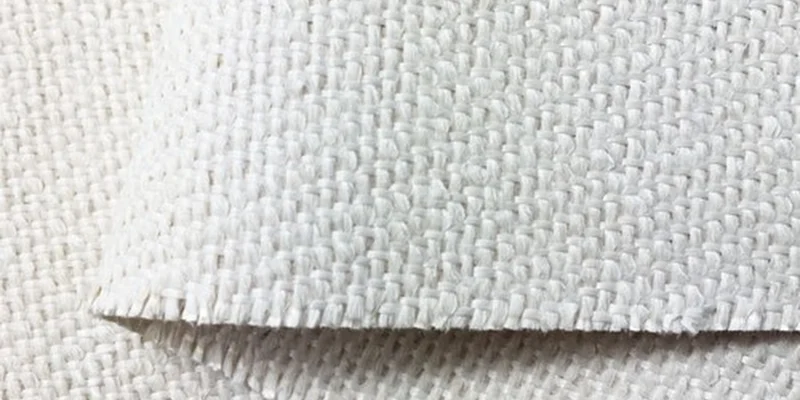


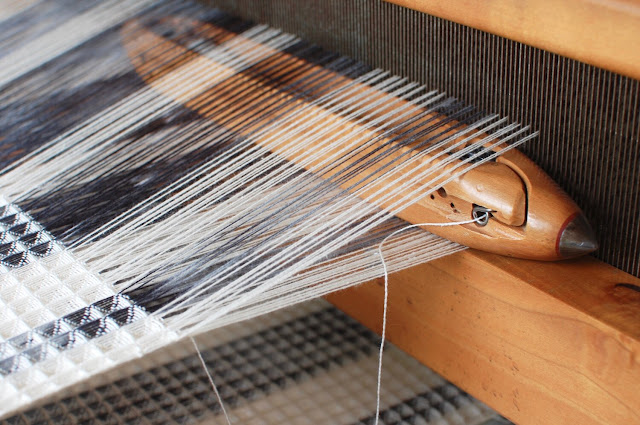 So in this series of articles / blogs we have discussed various factors which have influence in determining the thermal protection performance of a protective fabric and subsequently clothing.
So in this series of articles / blogs we have discussed various factors which have influence in determining the thermal protection performance of a protective fabric and subsequently clothing.